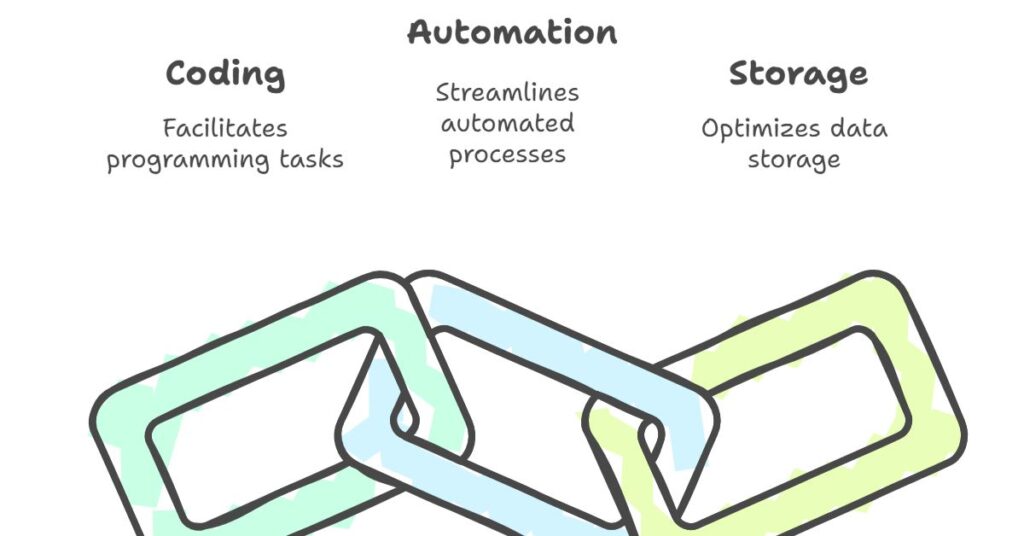How to Convert a Text List into JSON Format
Table of Contents
As a CSE engineer working in the IT sector, I often deal with various data formats. JSON is one of the most widely used formats for storing and transferring data. Developers and analysts use it in almost every application that deals with data. If you have a plain text list and need to convert it into JSON, you can do it quickly using simple steps or online tools.
What Is JSON?
JSON (JavaScript Object Notation) is a lightweight data format. Developers use it to store data in key-value pairs or arrays. It is easy to read and write. Most programming languages support JSON.
Why Convert a Text List to JSON?
Plain text lists are easy to create but hard to use in programs. JSON is structured and machine-readable. When you convert a text list to JSON, you make it ready for coding, automation, and storage.

Use cases include:
- Feeding list data into JavaScript or Python scripts
- Saving user input in a structured format
- Sending list data through APIs
What Does a JSON List Look Like?
A JSON list is a collection of values stored inside square brackets []. Each value is usually a string wrapped in quotes.
Example
Text list:
Apple
Banana
Cherry
JSON list:
["Apple", "Banana", "Cherry"]
Step-by-Step: Convert Text List to JSON
You can convert a text list to JSON manually or using an online tool. Here’s how I usually approach it in my daily work.
Step 1: Prepare Your Text List
Make sure each item in the list is on a separate line. Avoid empty lines and extra spaces.
Example:
New York
Los Angeles
Chicago
Step 2: Trim and Clean the Data
Before conversion, I remove any extra spaces. Some tools do this automatically. Clean data prevents formatting errors later.
Step 3: Use an Online Converter Tool
You can use a browser-based tool to save time. Here’s what a good tool should do:
- Accept plain text input
- Add double quotes around each item
- Add commas between items
- Wrap the entire output in square brackets
Tools with features like Convert, Copy, Paste, and Save improve productivity. Some tools also let you reset the fields, which is useful when working with multiple datasets.
Step 4: Click Convert
After clicking Convert, the tool formats your list into JSON. You will see the result in the output box. If the output looks like this:
["New York", "Los Angeles", "Chicago"]
Then the conversion worked as expected.
Step 5: Copy or Save the Output
Once you see the JSON result, you can copy it or save it as a .json file. You can then use it in your application code or store it in a database.
Benefits of JSON Format
As a software engineer, I use JSON in web development, APIs, configuration files, and log storage. It works with JavaScript, Python, Java, and many other languages.
Advantages:
- Easy to parse
- Supported by most systems
- Lightweight format
- Clear structure for lists and objects
Common Errors to Avoid
When converting, watch out for these issues:
- Missing commas between items
- Using single quotes instead of double quotes
- Leaving trailing commas
- Including empty lines or non-string values
Always validate your JSON before using it in production. You can use online validators to check the structure.
Online Tool Features That Help
The best online converters include features that simplify the task. These are the ones I look for as a developer:
- Paste: Pulls content from your clipboard directly into the input box
- Convert: Parses and formats your data into JSON
- Copy: Copies the JSON output so you can paste it elsewhere
- Save File: Downloads the output as a
.jsonfile - Refresh: Clears input and output fields for a new session
These tools help when working on quick scripts, testing input data, or sharing data with teams.
Use JSON in Code
After conversion, you can use the JSON list in various programming environments.
In JavaScript
const fruits = ["Apple", "Banana", "Cherry"];
console.log(fruits[0]); // Apple
In Python
import json
data = '["Apple", "Banana", "Cherry"]'
fruits = json.loads(data)
print(fruits[1]) # Banana
Final Thoughts
Converting a text list into JSON is a basic but essential task in programming and data processing. A structured format like JSON helps you work faster and with fewer errors. Whether you are writing frontend code, building an API, or storing data in a file, converting lists to JSON is a practical skill.
Use this conversion process in projects involving configuration files, form inputs, and testing scripts. Online tools make this task easier and faster, especially when working under deadlines.
By using the right method or tool, you can turn any plain text list into a usable JSON array in seconds.
Leave a Reply